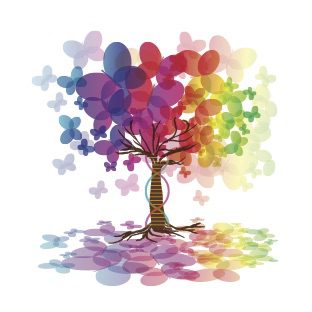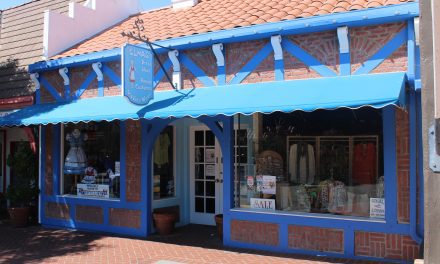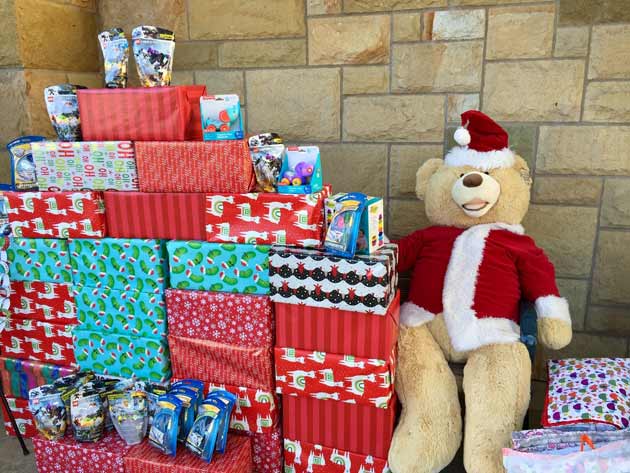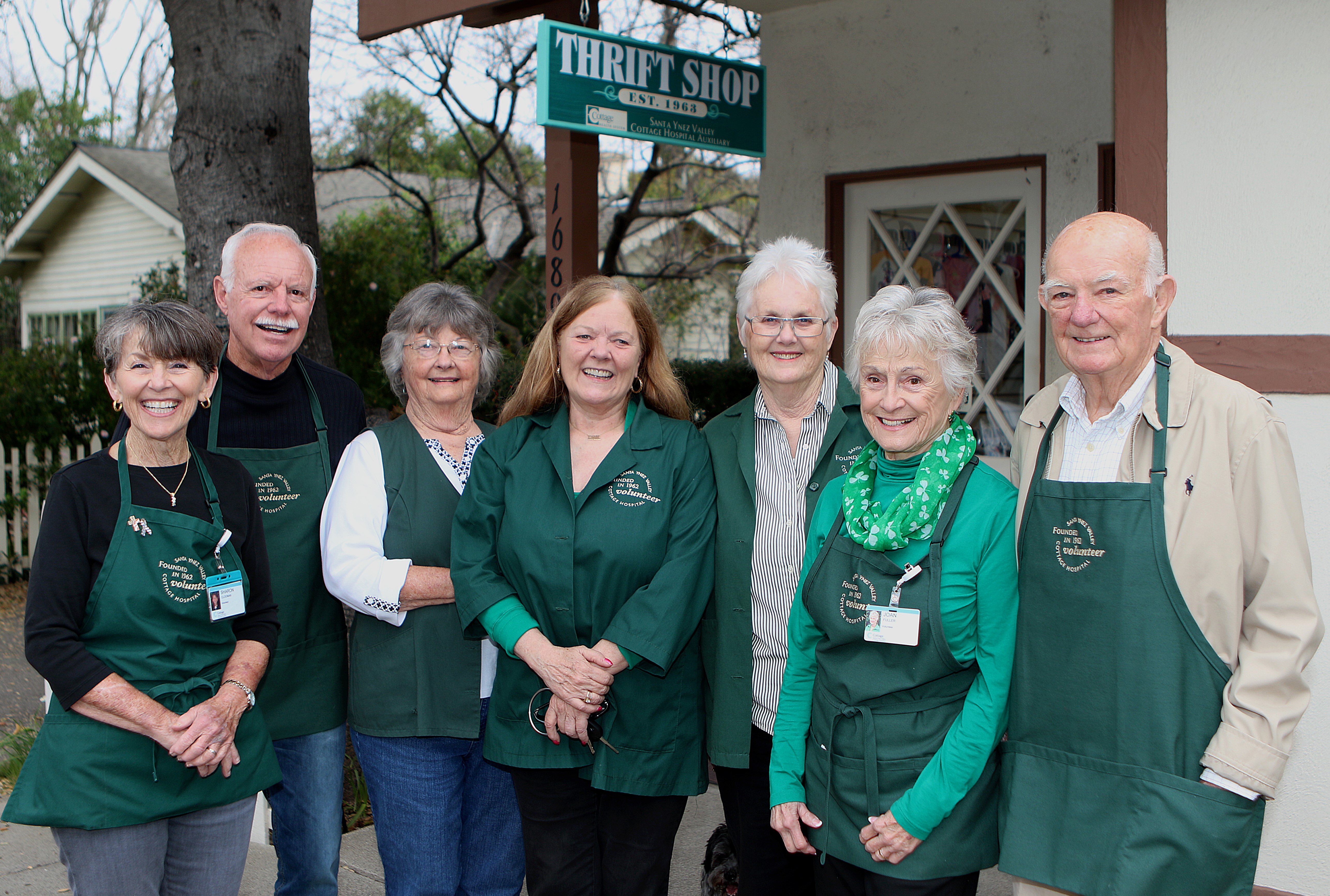By Sheila Benedict
What are the basics of genealogical research?
For those of you who have done family history research, you understand the concepts: You start with yourself, then your parents, then grandparents, etc., as far back as you know at that time.
Going from generation to generation you MUST have sources to validate the data. A birth certificate, naturalization file, marriage and religious records, death certificates and obituaries, and the list goes on. To note, the best documents for validation are those generated at the time of the event, i.e. a birth certificate.
The information is only as good as the person’s knowledge (or honesty) who gave it. Who gave the information to the funeral director at the time of someone’s death? Was it someone who accurately knew the parentage and place of birth of the deceased person or someone who was using family lore as their source? Who gave the information to the census taker? Since DNA has become part of the research plan, a lot has changed, a discussion for another column.
The immigrant experience can be either the easiest or hardest to do. For that reason and because we are a basic small valley with diverse backgrounds, I would like to start featuring community people willing to share a short (about 200 words) genealogical profile. It will be completely anonymous because unless I have written permission to use names, especially for and from living family, I must have that permission.
I’ll start with my own: my father came to this country as a toddler so that makes me first generation or my paternal side.
On his parents’ naturalization files, my grandmother was apparently carrying a child. Can you imagine a pregnant young girl with a toddler on a ship from Europe to New York? My mother was born here but her parents were not, so that makes me second generation on the maternal side.
My first husband was born here but his parents were immigrants. He died young and was not very informative, if he even knew much about them.
My second husband, on the other hand, was about 14th generation in this country. Most of his ancestors, who were Quakers, came here in the 1600s and many were part of the way West.
I am not using names or locations because I have children who might not want me to use them without their consent. To repeat because it is important, genealogical research requires every source must be identified and no living people named without their written consent.
In our small valley, the Danish came in 1911, the Mission was built in 1804, the native people, the Chumash, have been here for hundreds of years.
What stories there are to tell, but this is a genealogy column and not a place to air old grievances about or against your ancestors. There are sad parts to everyone’s family history, including mine, but those will not be used in this column; only generic “Where are they from?” and/or “How did they get here?” family history will be used.
Next month, we will discuss the “Paper Trail” and what you can do for the generations yet to come.
Sheila Benedict is a professional forensic and family genealogist. She is the author of Research in California, which she wrote in 2015 for the National Genealogical Societies Research in the States Series and writes articles in a variety of genealogical society newsletters and magazines.







